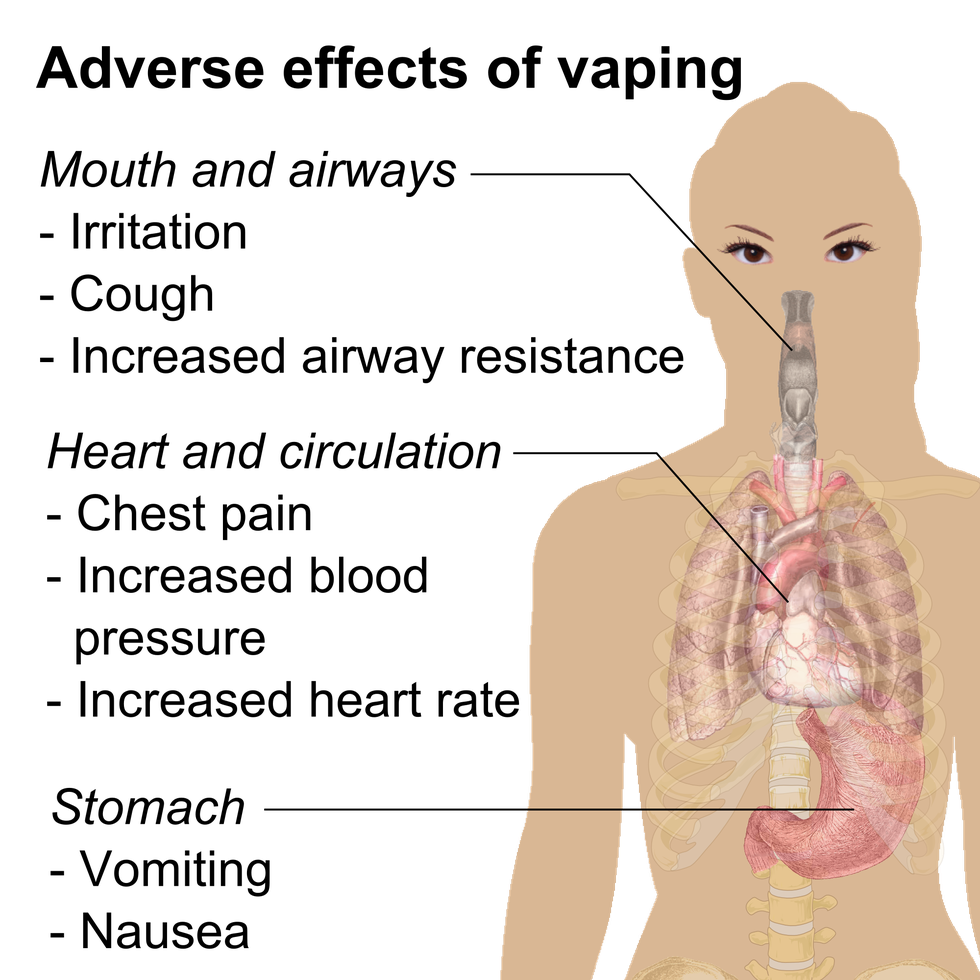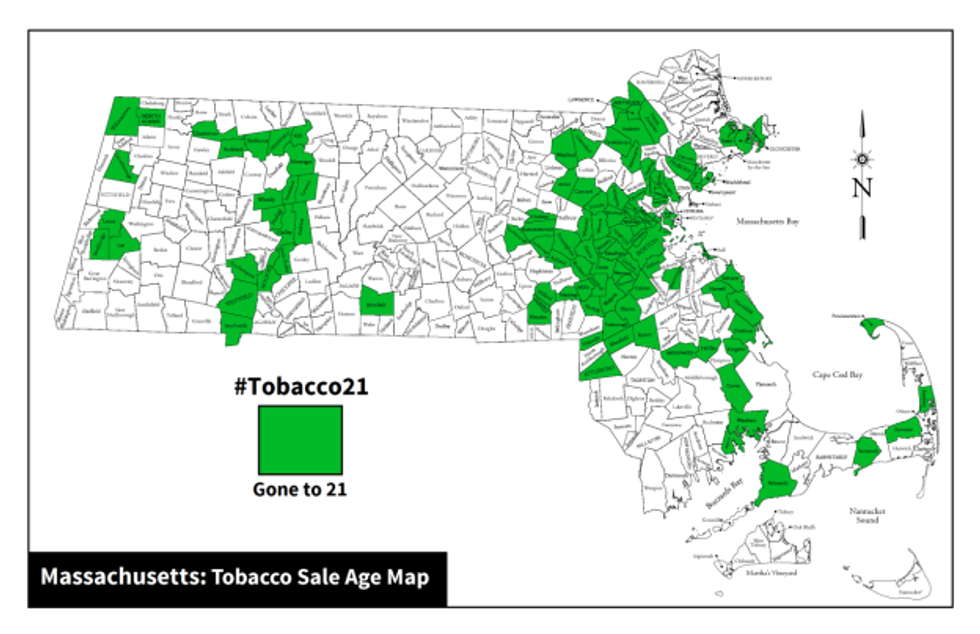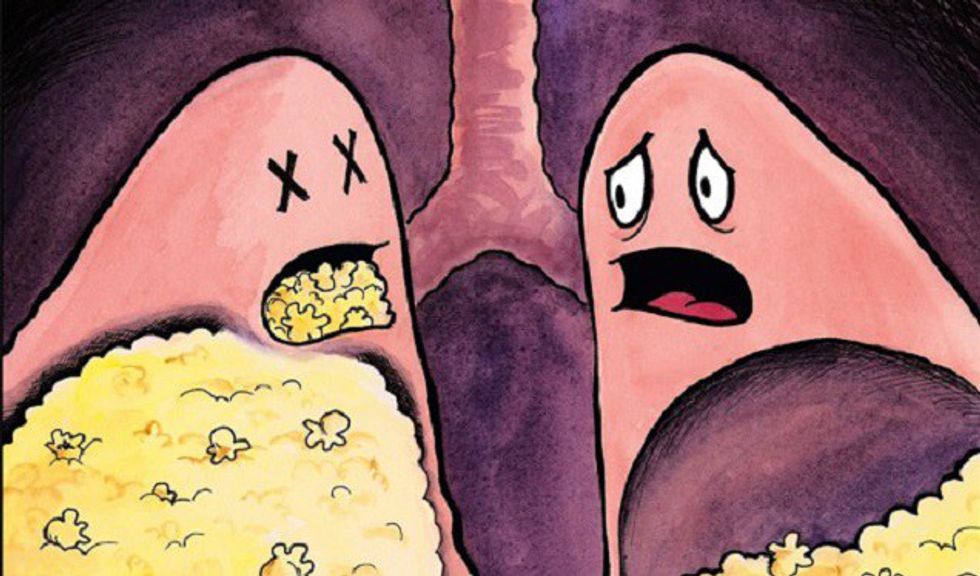It feels as if in the last year or so "vaping" has gained popularity. Vaping is the process of inhaling heated water, mixed with a flavor, nicotine and other chemicals through an electronic cigarette or personal vaporizer. In my small town there is about six different vape shops catering to this new group of customers. Since 2014, e-cigarette use has rise 12.6 percent in adults. This new trend is appealing to and very common in individuals 18-24 years old.
What about vaping is so appealing to this age group? First, the novelty of it. Teenagers thrive off risk. To some it is something fun and exciting. Of course there is the element of danger associated with vaping. However this danger is "lower" than with traditional cigarettes.
What is fun about inhaling a mixture water, flavor, nicotine, and chemicals? The creativity of it. Vape shops seem to be popping up everywhere that allow users to create and mix different flavors of juices or choose from a wide assortment of pre-mixed ones. There is also vape tricks, games and competitions. Similar to drinking games, users often loose track of how much they are consuming which poses risks to their health. Users often experience chest pain, sore throats, and alterations to their normal laugh.
In February the city of Boston changed the age to purchase tobacco products from 18 to 21. The Massachusetts senate also recently passed a bill that would change the minimum purchasing age from 18 to 21 across the state of Massachusetts. If this bill passes Massachusetts will become the second state in the country to raise the minimum age.
On the national level, the FDA announced their final ruling on May 5th that the organization will expand the definition of tobacco products to include e-cigarettes, hookahs, pipe tobacco, premium cigars, and little cigars according to an article from CNN. With this new regulation people will have to be at least 18 years old to buy e-cigarettes and there will be active government monitoring surrounding the contents and packaging of these products.
Before this regulation there was nothing really controlling this market. It was free range. The advertisements are often vague and risk factors are not often made known to the users, but these new regulations will make it mandatory for companies to label the ingredients of their products. That way users know exactly what they are putting into their bodies.
This is a step in the right direction. In the past year e-cigarette use among teens has almost tripled. There has been research done that shows teens who use e-cigarettes are more likely to try traditional cigarettes in the next year. Not only will this regulation protect children from nicotine addictions, but also accidental poisonings caused by ingesting the juices.
These products are sometimes advertised as a "healthy alternative to traditional cigarettes" by a study conducted by the FDA in 2009 found levels of known carcinogens and other toxic chemicals. This study also found traces of some ingredients also found in anti-freeze which can cause harm to humans if consumed in large amounts.
A U.K. based study found that vaping may not actually be better than smoking. The vaporized liquid has been found to increase breaks in DNA strands and cause cellular death. A Harvard based study tested 51 different kinds of e-cigarette liquids and found that some of the chemicals in the products can cause a condition called "popcorn lung".
The process of making the proposed regulations from the FDA reality will most likely be delayed while companies file lawsuits and take other legal actions. In the mean time more research is needed to determine the health risks created by vaping.
For right now the truth about vaping is there is not enough information about the health risks and potential hazards.























